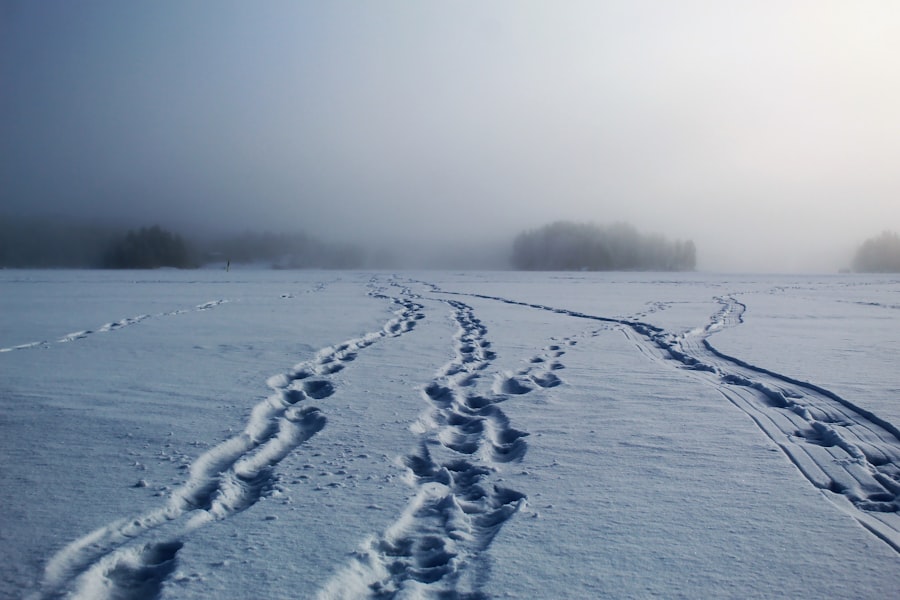Norwegian seals, particularly the harbor seal (Phoca vitulina) and the gray seal (Halichoerus grypus), play a crucial role in the marine ecosystem of Norway. These pinnipeds are not only vital indicators of ocean health but also contribute significantly to the biodiversity of their habitats. As apex predators, seals help maintain the balance of marine life by regulating fish populations and influencing the dynamics of the food web.
Their presence is indicative of a thriving ecosystem, and their decline can signal broader environmental issues that may affect other species, including humans. Moreover, seals hold cultural and economic significance for Norway. Historically, they have been integral to the livelihoods of coastal communities, providing food, materials, and even inspiration for local folklore and traditions.
The tourism industry also benefits from seal populations, as wildlife enthusiasts flock to observe these charismatic animals in their natural habitats. The economic implications extend beyond direct interactions; healthy seal populations can enhance fishing yields by maintaining ecological balance. Thus, protecting Norwegian seals is not merely an environmental concern but a multifaceted issue that intertwines ecological health with cultural heritage and economic stability.
Conservation Efforts for Norwegian Seals
Governmental Initiatives
In recent years, the Norwegian government has implemented protective measures under national legislation, such as the Nature Diversity Act, which aims to safeguard marine mammals and their habitats. This legal framework establishes guidelines for monitoring seal populations, regulating hunting practices, and protecting critical habitats from industrial activities.
International Cooperation and Research
Additionally, Norway is a signatory to several international agreements, including the Agreement on the Conservation of Polar Bears and the Convention on Biological Diversity, which emphasize the importance of preserving marine biodiversity. Non-governmental organizations (NGOs) also play a pivotal role in seal conservation. Groups like the Norwegian Institute for Nature Research (NINA) conduct extensive research on seal populations, their behaviors, and their habitats.
Raising Public Awareness
These studies provide valuable data that inform conservation strategies and policy decisions. Furthermore, public awareness campaigns are crucial in fostering a culture of conservation among local communities and tourists alike. By educating the public about the ecological importance of seals and the threats they face, these organizations aim to cultivate a sense of stewardship that encourages sustainable practices and supports conservation initiatives.
Challenges in Protecting Norwegian Seals

Despite ongoing conservation efforts, several challenges hinder the effective protection of Norwegian seals. One significant issue is the impact of human activities on their habitats. Coastal development, shipping traffic, and fishing operations can disrupt seal breeding and foraging grounds.
For instance, increased boat traffic can lead to disturbances during critical breeding seasons, causing stress to seal populations and potentially leading to lower reproductive success. Additionally, fishing gear can pose a significant threat; seals often become entangled in nets or lines, leading to injury or death. Another challenge is the historical context of seal hunting in Norway.
While regulated hunting is permitted under certain conditions, it remains a contentious issue among conservationists and local communities. Some argue that hunting is a traditional practice that should be preserved, while others advocate for stricter regulations or complete bans to ensure population recovery. This debate often leads to polarized opinions that complicate collaborative conservation efforts.
Balancing cultural practices with ecological sustainability requires nuanced dialogue and compromise among stakeholders.
Impact of Climate Change on Norwegian Seals
| Metrics | Data |
|---|---|
| Population Decline | 30% decrease in seal population in the last decade |
| Ice Melting | 50% reduction in suitable ice habitat for seals |
| Food Scarcity | 20% decrease in availability of fish, a primary food source for seals |
| Mortality Rate | 15% increase in seal mortality due to changing environmental conditions |
Climate change poses an existential threat to Norwegian seals, affecting their habitats and food sources in profound ways. As global temperatures rise, sea ice patterns are altered, impacting species that rely on ice-covered regions for breeding and resting. For example, gray seals often haul out on ice floes; however, diminishing ice cover due to warming temperatures can lead to overcrowding on remaining ice or force seals to seek alternative haul-out sites that may not be as safe or suitable.
Moreover, changes in ocean temperature and salinity can disrupt the distribution of prey species such as herring and mackerel, which are essential components of seals’ diets. As these fish migrate in response to changing environmental conditions, seals may find it increasingly difficult to locate sufficient food sources. This shift not only threatens their survival but also has cascading effects on the entire marine ecosystem.
The interplay between climate change and marine life underscores the urgency of addressing global warming as part of any comprehensive conservation strategy for Norwegian seals.
The Role of International Cooperation in Seal Conservation
International cooperation is vital for the effective conservation of Norwegian seals, given that marine ecosystems do not adhere to national boundaries. Collaborative efforts among countries sharing marine resources can lead to more comprehensive management strategies that address transboundary issues such as overfishing and habitat degradation. For instance, joint research initiatives can enhance our understanding of seal populations across different regions, allowing for more informed decision-making regarding conservation measures.
Organizations such as the North Atlantic Marine Mammal Commission (NAMMCO) facilitate dialogue among member countries on matters related to marine mammal management. By fostering collaboration between scientists, policymakers, and local communities, NAMMCO aims to create a unified approach to seal conservation that respects both ecological needs and cultural practices. Additionally, international agreements like the Marine Mammal Protection Act provide frameworks for cooperation that can enhance enforcement efforts against illegal hunting or habitat destruction.
Future Outlook for Norwegian Seal Conservation

Adaptive Management and Research
This knowledge will inform adaptive management practices that can respond dynamically to emerging threats.
Community Engagement and Sustainable Tourism
Furthermore, fostering a culture within local communities will be crucial for long-term success. Engaging stakeholders in decision-making processes can help bridge gaps between traditional practices and modern conservation needs. By promoting sustainable tourism initiatives that highlight the ecological importance of seals while respecting local traditions, Norway can create economic incentives that align with conservation goals.
A Multifaceted Solution
Ultimately, the protection of Norwegian seals is a complex endeavor that requires a multifaceted approach involving science, policy, community engagement, and international cooperation. As awareness grows regarding the interconnectedness of marine ecosystems and human activities, there is hope that concerted efforts will lead to healthier seal populations and more resilient marine environments in Norway’s future.


















